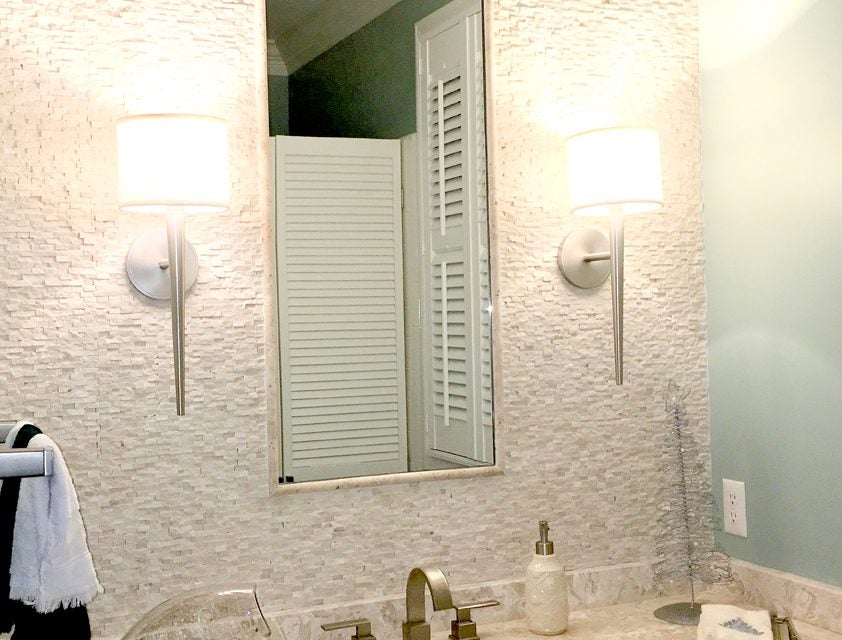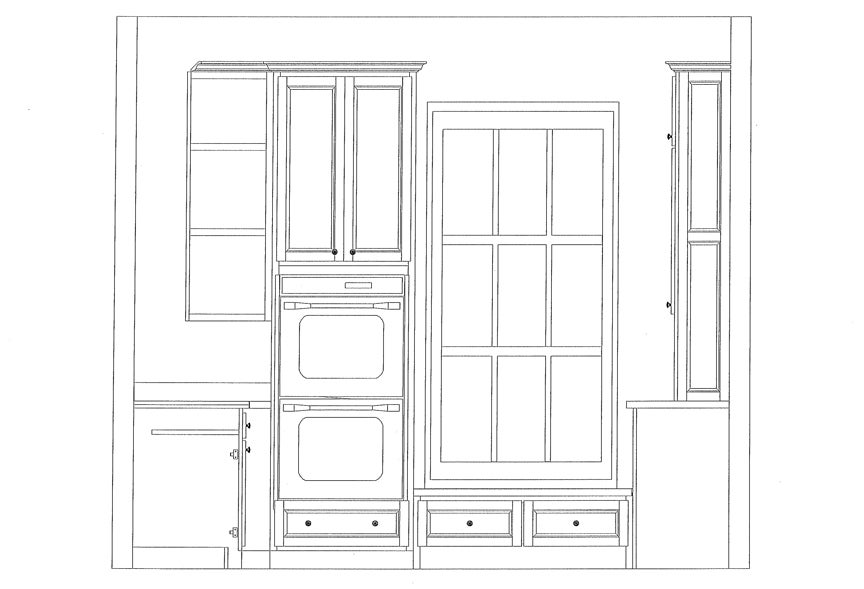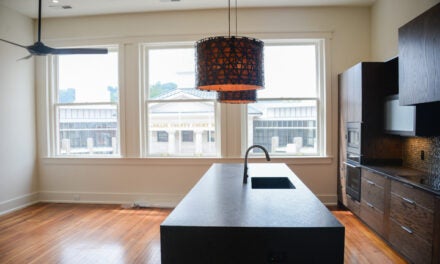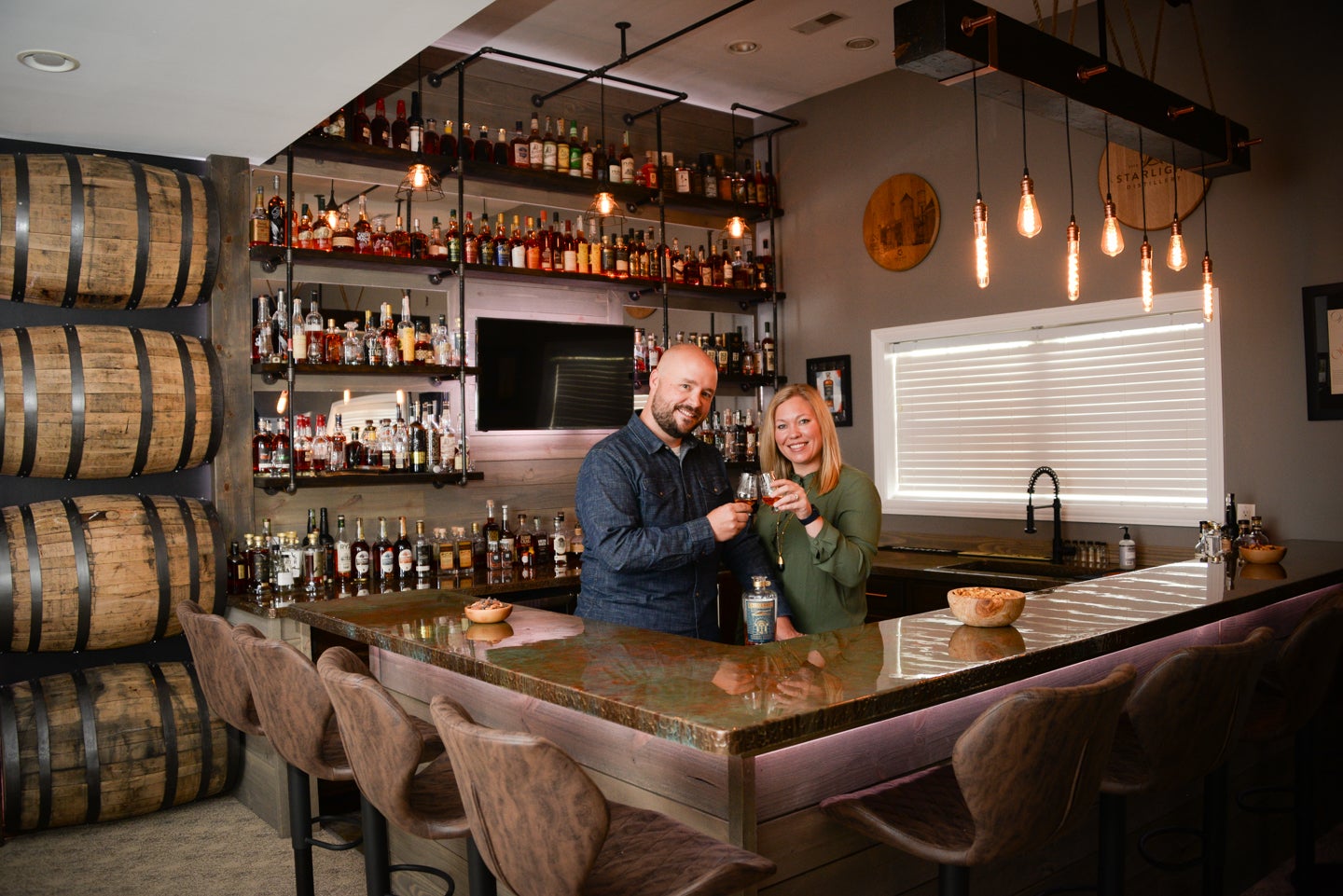Building a home involves a complex set of decisions as outlined in the previous column. The column ended with a note about details and finer details. These details are complicated by the number of options, and the cost of the options. Once you select a builder or project manager tasks related to design decisions can be implemented.
The best designs reveal a cohesive theme and architectural aesthetic that suits your way of living. Inspirational photos are a fun way to start. Dozens of products will be chosen for both interior rooms and exterior spaces that will be part of the overall design. The goal should be thoughtful, deliberate decisions where every element of the home works as a part of the whole. Formal ceiling treatments are gorgeous in a traditional home, but do they work within a rustic contemporary design? Gray cabinetry may be on trend, but the duration of the trend may date your house within a short time. Practical choices ensure a timeless home design. Smart decisions keep you on budget that will reward you in the end.
- Cost: Budgets are always a factor, even in a luxury million dollar home. Builder estimates provide what is known as “allowances.” These allowances are for items where you have a choice. The allowances provided will be for products of basic quality and design and will be for items such as cabinetry, flooring, lighting and plumbing fixtures. If you select higher end products, the cost of construction increases. Understand how your selections affect the overall cost of construction.
- Features: Exposed beams, linear fireplaces, signature lighting and built in cabinetry are custom features that add dramatic interest to homes. Avoid trying to implement too many architectural features, especially when they cross aesthetic themes. An overabundance of these features actually creates the reverse effect — the home loses its overall appeal. Using highly sought after custom plumbing products like multiple shower heads, steam showers and zero entry shower enclosures introduces more custom features. Every added feature contributes to the cost and can cause construction to go quickly over budget.
- Cabinetry: The selection process for cabinetry, especially for kitchens, is complex, expensive, and important because it sets the tone for how the home looks and functions. Deciding between a painted or stained finish, for example, is easy. But the amount of hardware and exhaust hoods available to choose from can easily become overwhelming, especially when coupled with industry lingo, like “full overlay,” “raised panel,” “glass insets,” “rollouts,” “pullouts” and “paint up-charges.” A reputable cabinet maker, or interior designer, can direct you to a product that suits your chosen style and budget.
- Finishes: Decisions about interior and exterior finishes are also key. Exterior finishes include brick, siding, roof shingles and hard surfaces, like porches and walkways, related to the outside of the home. Interior finishes include flooring (wood, tile, carpet), wall paint, plumbing fixtures and lighting. To simplify your selection process, identify the overall aesthetic you want and carry it all the way around and through the house. If brushed nickel is your finish of choice, use it for interior and exterior light fixtures, door hardware and plumbing fixtures. You can automatically eliminate sorting through products that don’t match your finish choice.
- Lighting: All lighting is functional whether it is task, general, or ambient lighting. Lighting design for a home starts early when an electrician walks through the house as it is being framed. While the location of switches and outlets are defined by building codes, fixture style and placement is entirely up to the homeowner. Will recessed lights be used? Are bath sconces to be located on either side of a mirror or is there a single fixture above the mirror? While selecting fixtures, keep in mind the overall design of the house. The fixtures throughout the home do not have to be the same, but they should relate to each other in style and finish.
Terri Bennett is the owner of Terri Bennett Interior Design.












